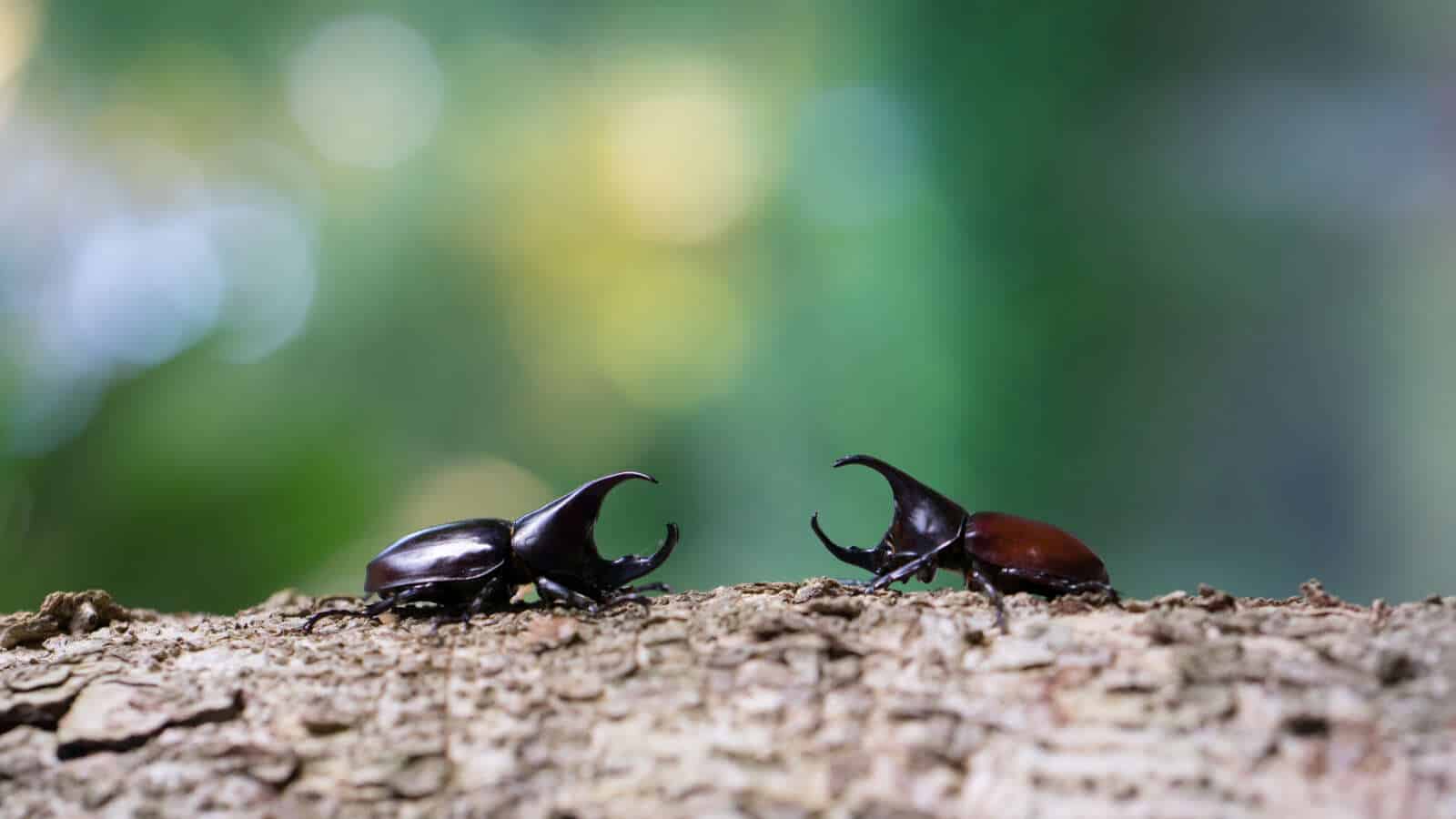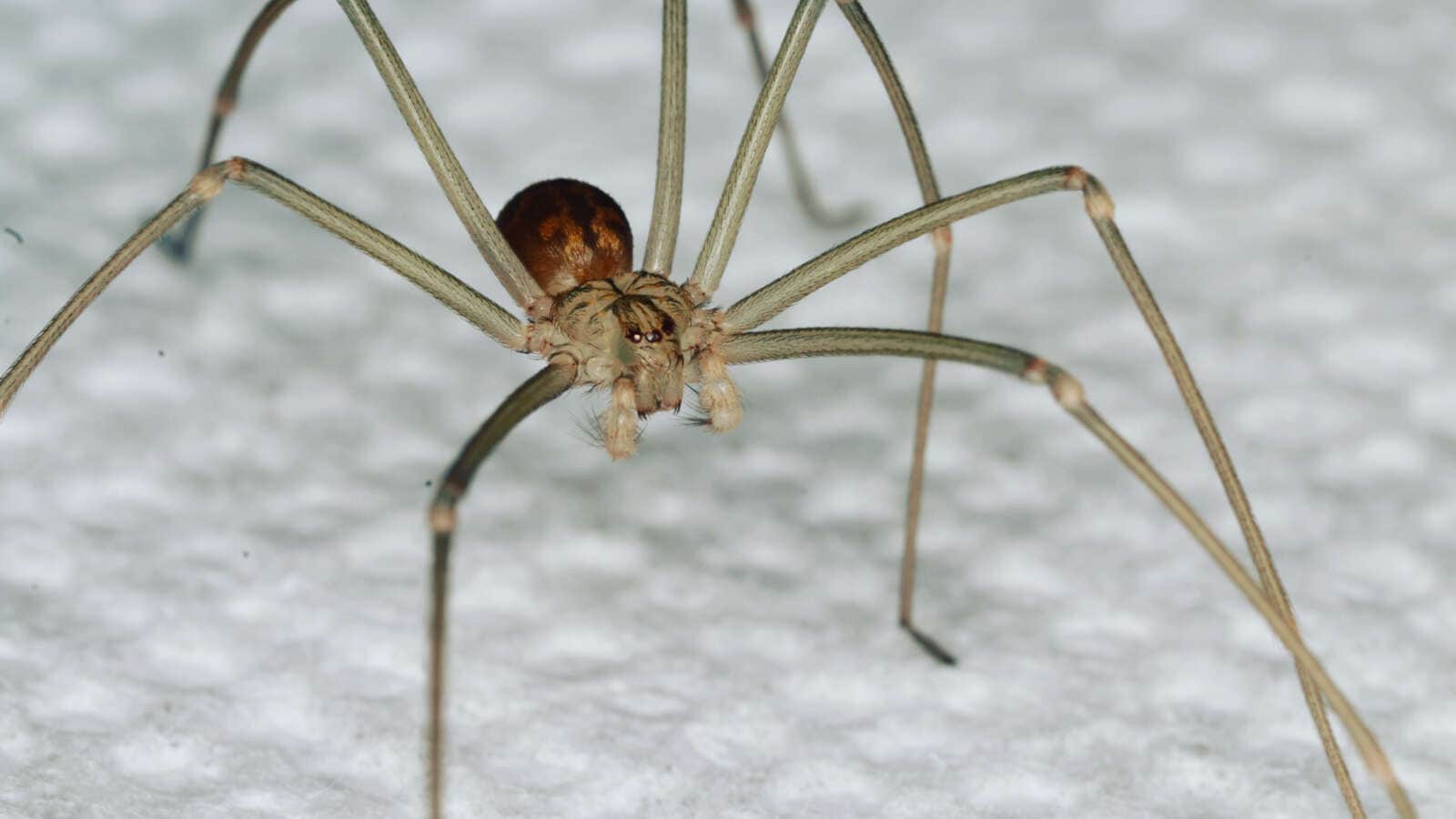Pests Love These 8 Forgotten Places!
Summary: There are some spots that homeowners forget to check when they’re looking for pest activity. This blog describes 8 forgotten places that pests invade, as well as the critters that are most likely to be found in each space. Every section also describes a few tips for keeping that area pest-free. The forgotten places are: under the sink, around appliances, the closet, dirty laundry, the attic, plants, the shed, and stacks of boxes and papers. 4 prevention methods are laid out before Pointe Pest Control is said to find all hidden pests during a service.
_________________________________________________________________________________________
It’s not a secret that pests come from anywhere and live wherever they want, much to our chagrin. Sometimes, we overlook the favorite hiding places of pests in our very own homes. After all, a couple of bugs scurrying across the kitchen floor are more obvious than a family of insects hiding in the dark corners of a closet.
When there’s evidence of a pest infestation, the next step is finding out where these annoying critters are coming from. You may be surprised to find the source of an invasion is in a completely forgettable part of the house. Let’s discover 8 of the most common (yet unremarkable) places that pests favor when they invade a house or building.
Under the Sink
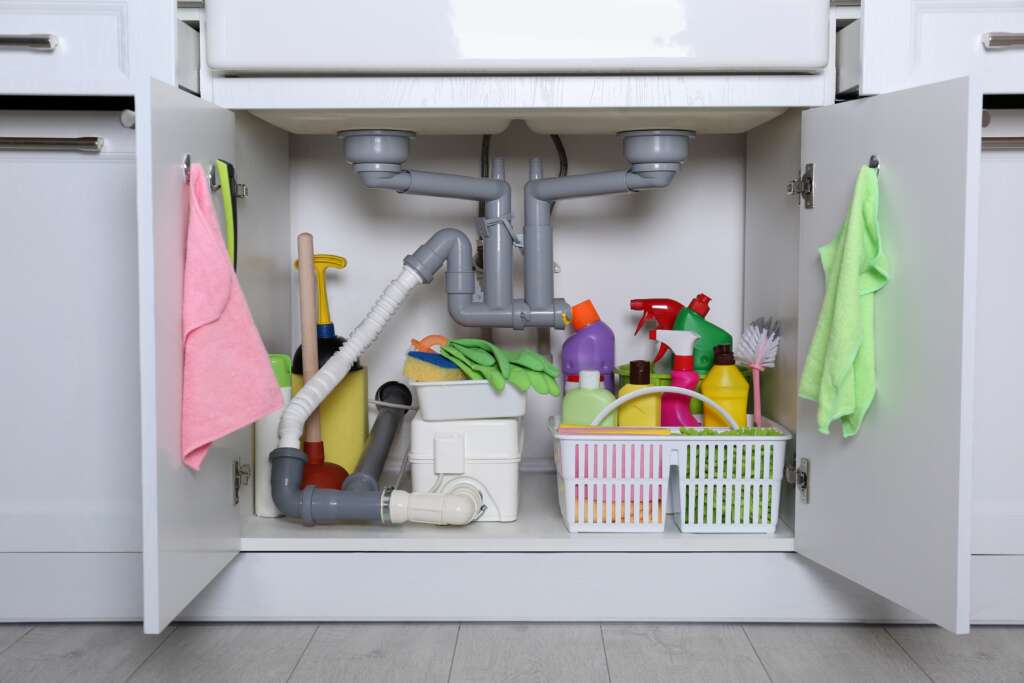
Besides the cleaning supplies and trash bags, there could be pests hiding underneath a sink. The most popular one is the kitchen sink, but the space underneath bathroom sinks are favored by pests too. The frequent invaders include ants, roaches, spiders, and daddy longlegs. These pests like the space because it’s isolated yet in close proximity to food and water. Some critters, like ants, use this space as an entry point into the kitchen, where there’s more food than they could dream of. This is an even worse scenario; a room full of pests is tougher to treat than a cabinet!
Protect The Space: Move the items stored under the sink, especially if it’s cluttered, to see if there’s a pest presence. Check around the pipes for moisture-seeking pests trying to reach the sink. It’s also a good idea to keep the under-sink area organized since pests love clutter. Keep bottles and cans arranged in containers to make it easy.
Around Appliances
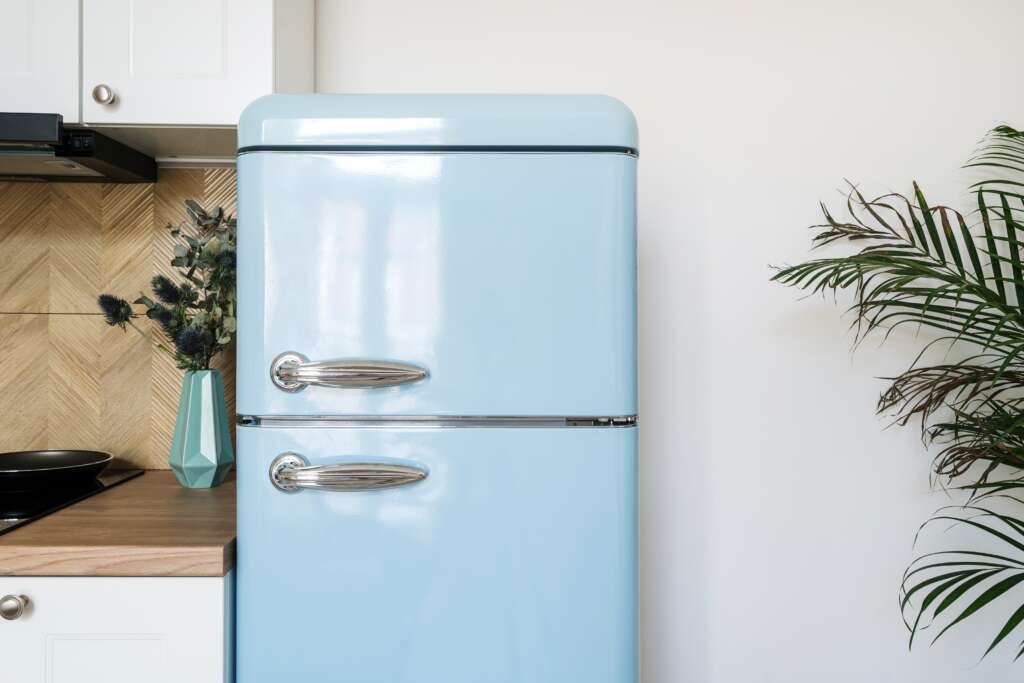
Huge appliances set against the wall seem invincible, but they’re just as vulnerable to pest invasions as anything else. Spiders, ants, and roaches like living near appliances for a few reasons. Crumbs and moisture are always appealing — especially in the kitchen — but pests also enjoy the warmth of appliances. Fridges, water heaters, and dryers throw off enough heat to attract pests that prefer warm habitats. Most appliances have a gap between them and the wall, which is a great hiding spot for pests who wait for us to leave before they search for food.
Protect The Space: You don’t have to move big appliances around all the time (talk about a chore!), but it’s helpful to clean the floors around these items often. Keep the doors to your dishwasher, fridge, and dryer closed to prevent pests from making their new home inside. Also, cleaning out the crumbs from food appliances — air fryers, toasters, food processors, etc. — eliminates food sources for hungry pests.
The Closet
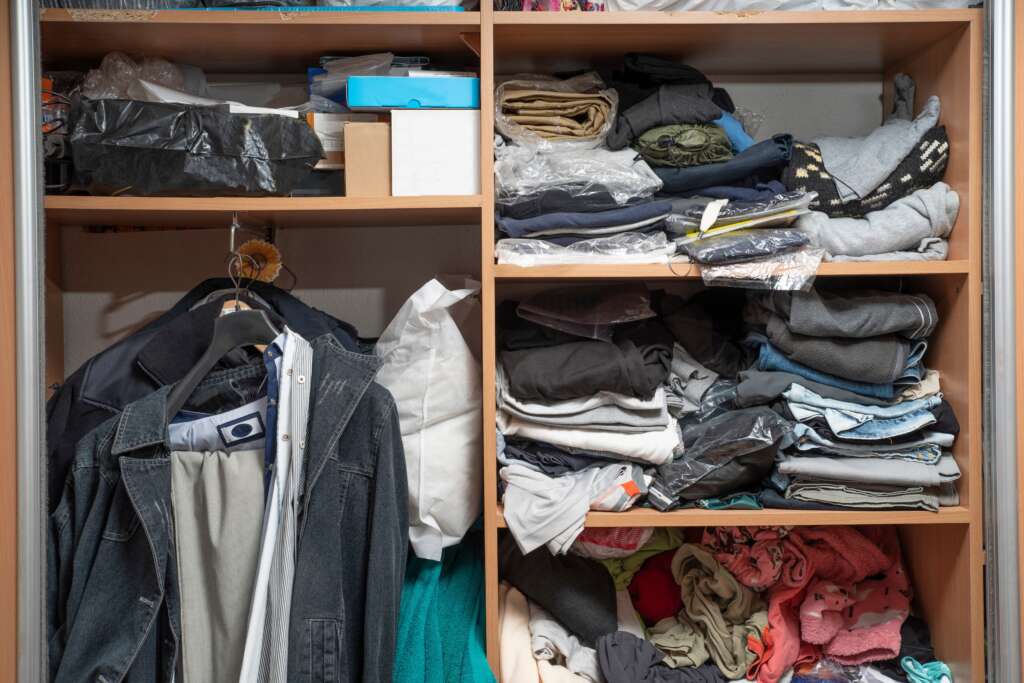
Closets hold all kinds of treasures, from baby clothes to files to abandoned craft projects. This is a handy storage space to have, but there’s also a risk of pest invasions if the items sit idle for years at a time. Due to the organic materials found in these spaces, the frequent invaders include clothes moths, silverfish, carpet beetles, and dust mites. They eat organic fibers and cellulose, which are usually found in closet materials. Untouched papers, cardboard boxes, clothing items, and shoes all have intriguing qualities for the typical pest.
Protect The Space: Most closets are constantly shuffled as we put laundry away, so a quick inspection should be enough to make sure there aren’t any random pests. If your closet is carpeted, vacuum it regularly to remove random crumbs and unseen pests. Also, try your best to keep it organized. You don’t have to use a label maker (unless you want to), but keeping non-clothing items in lidded containers does wonders at preventing pests.
Dirty Laundry
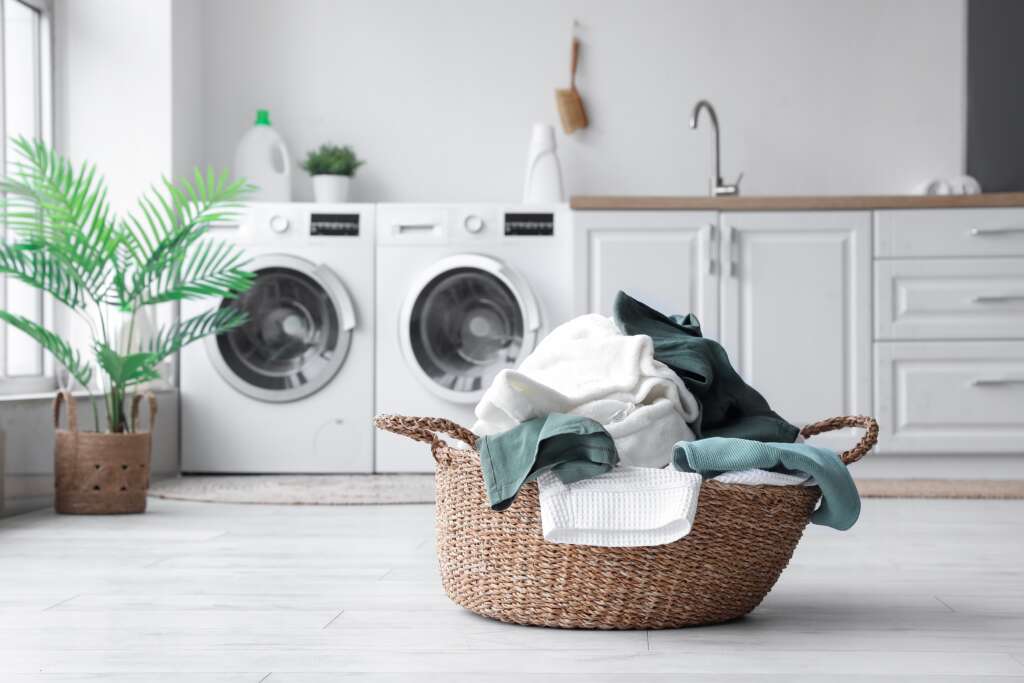
As if it’s not enough to watch the laundry pile grow every day, pest problems can come from not doing the laundry for a while. An untouched laundry pile is another popular shelter for small critters. Any pest can enjoy the space, but rodents particularly love nesting in dirty laundry. They use torn fabric and shredded paper as nest materials, but they can use a giant idle pile of clothes as a nest as well! Another attraction is any type of food stain or residue on the clothes. Ants, roaches, and crickets feed on the crumbs left on clothes for days on end.
Protect The Space: You don’t have to do laundry every day for the sake of pest prevention, but it’s helpful to keep the pile down to a minimum. Keep all the dirty clothes contained in hampers or baskets, as leaving them on the floor is easy for pests to access. Treat all stains as soon as you can. Besides the fact that it helps your clothes, treating stains eliminates the crusty food sources that pests love.
The Attic
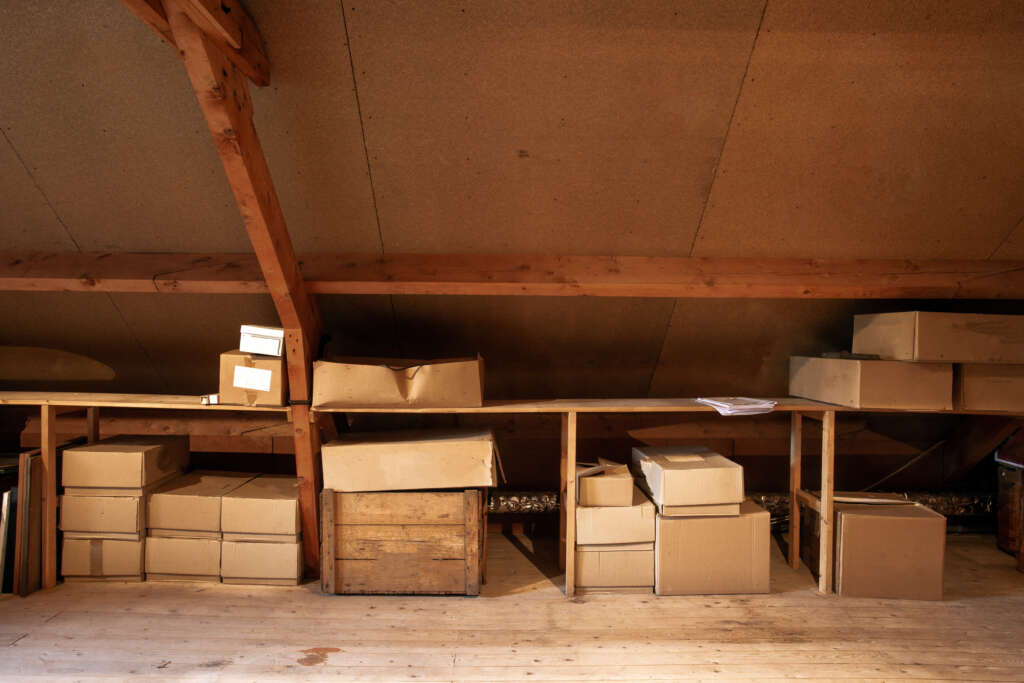
Attics of any size can be a pest’s paradise if the space isn’t used or inspected often. Cardboard boxes and flimsy containers are favorite shelters of some pests. Roaches, spiders, and rodents will live in the attic forever if they have enough food and water. Spiders don’t do much besides eat invasive insects and produce eggs, but the other pests will seriously damage the house if they’re left alone. Rodents chew through baseboards, walls, insulation, and wiring with their strong teeth. The wiring is especially worrisome because it’s a potential fire hazard.
Protect The Space: The movies make it seem like the attic is a pest’s paradise, but high-quality insulation does the trick at keeping most pests out. This doesn’t mean the attic is immune to invasions, especially if no one ever goes up there. If your attic has had pest issues, it’s beneficial to check out the space regularly. Look out for the warning signs of a pest problem, such as torn fabrics, droppings, eggs, and live or dead pests.
Plants

Garden pests are a common concern, but plants can be a forgotten area in the off-season. Plants can be affected by pests even during the cooler months. Caterpillars, spider mites, slugs, spiders, grasshoppers, and aphids all love greenery. Most enjoy the nutrients from the plants themselves, but some pests are busy eating the other garden pests. Spiders and grasshoppers eat certain pests, and aphids lay their vulnerable eggs on the underside of leaves. If the plants next to the house are overgrown, pests can use them as a highway to the house and possible entry points.
Protect The Space: An easy way to prevent plant pests is to spray your plants with water. It hydrates the plants and blasts the tiny pests hiding on the leaves. Be careful not to overwater the plants, as mosquitoes and fungus gnats love the extra moisture. If leaves start showing new holes, jagged edges, or yellow coloring, it’s a sign of garden pests. Prune any impacted leaves and flowers to keep the problem contained.
The Shed
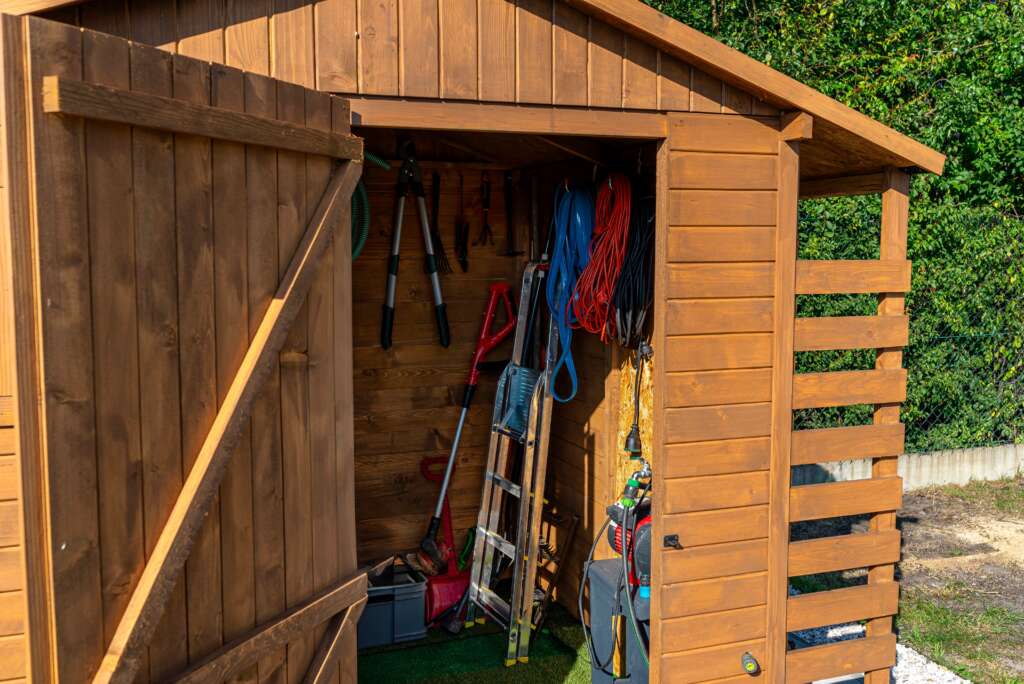
Backyard sheds are great for storing yard and sports equipment, but it can also be a habitat for a pest colony if they’re left alone. Ants, beetles, and spiders are frequent invaders of sheds, especially in extreme heat or cold. The isolation and darkness are perfect for a pest colony that wants to stay in one home for a long time without being disturbed. The plant debris and organic matter are reliable food sources for pill bugs, earthworms, beetles, and grasshoppers. Pests thrive in the outdoors (as they should), and a cluttered shed is the perfect go-between for the house and nature
Protect The Space: Sheds aren’t typically accessed every day, so the random items and clutter are very appealing to pests. Ant traps and rodent traps can be placed in the corners to prevent those pests. Dust away any spider webs you find, and look for live insects that somehow missed the webs. It’s also a good idea to move the items around once in a while to keep them from becoming stagnant pest-havens.
Stacks of Boxes and Papers

A scattered collection of papers, files, and boxes are a common denominator in many pest invasions. Items that are shoved in a room or closet without any type of organization make for excellent hiding spots. Silverfish, rodents, and roaches use boxes and papers for habitats and food sources, which makes an invasion even worse. The space doesn’t have to be a mess to attract pests. A stack of cardboard boxes that sit untouched for years are also an appealing hangout for creepy-crawlies!
Protect The Space: Use plastic tubs with secure lids instead of cardboard boxes to store your files. These are easier to store, secure against pests, and safe against dirt and moisture. If you don’t want to completely switch everything over to new containers, check your boxes and papers for pests on a regular basis. Droppings and chew marks ruin documents, so it’s important to catch pests before they cause damage.
Pest Prevention For Forgotten Places
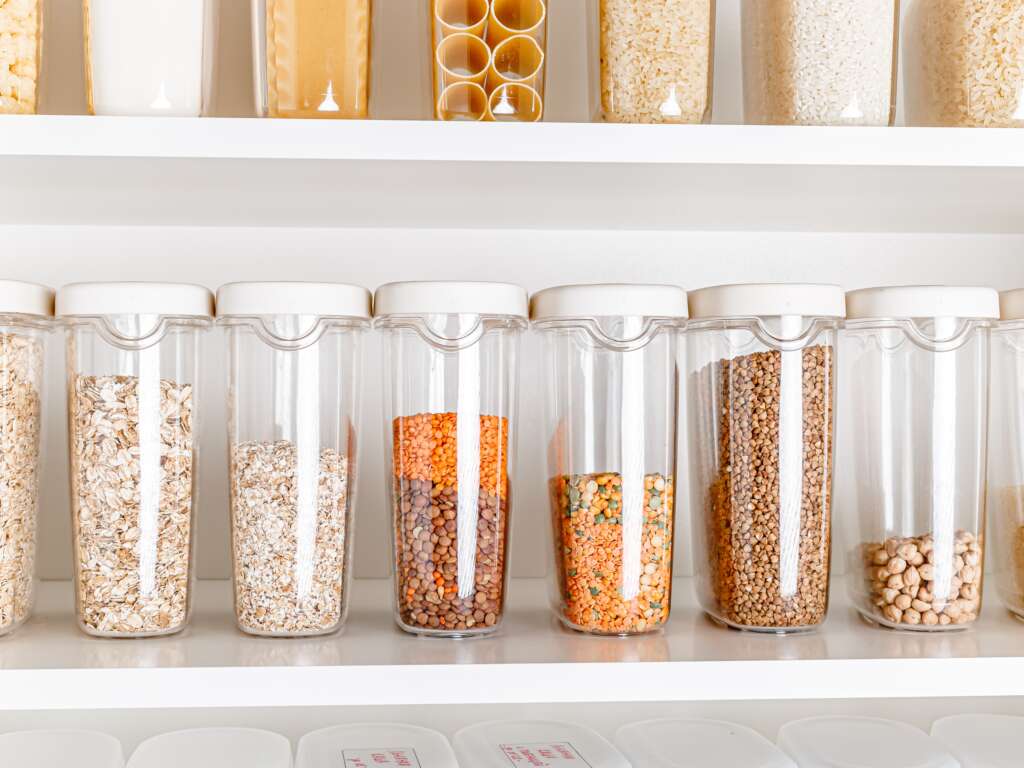
We already discussed the specific prevention tips for each forgotten space, but there are some general tasks that also help in preventing pests. These tips are shared often in the world of pest control, so they might not be new to you. But that doesn’t make them any less valuable!
- Seal all entry points. Pests are small critters, so it’s important to seal up any holes and cracks that they could use to invade your home. Inspect the exterior and interior walls for any imperfections, then seal any gaps or cracks with waterproof caulk.
- Fix all leaks. Certain pests (roaches, silverfish, etc.) love moisture, so eliminating extra water cuts down on the number of invasive pests you’ll see. Check the plumbing and the under-sink areas for any new puddles, and fix any leaks ASAP.
- Store all food properly. Airtight containers and zip-top bags are great for keeping food fresh and safe from pests. Anything you keep in the pantry or cabinets should be kept in secure containers. If you have a dog or cat, store their dry food in a lidded container (rodents love pet food!).
- Reduce clutter. It’s easy to throw random boxes in the corner of the attic and call it a day, but the resulting clutter is appealing to many pests. Use plastic tubs with good lids to store your belongings, and try to keep the space organized as much you can.
Pointe Leaves No Stone Unturned
In addition to the aforementioned tasks, the most effective way to keep pests out is to receive professional pest control services. At Pointe Pest Control, our experienced pest control technicians know the typical hiding spots of common pests. We search high and low for all signs of pest activity in order to treat the issue at the source. Between our targeted treatments and our thorough inspections, we guarantee we’ll get to the bottom of your pest problems ASAP. Contact us to learn how we will solve your pest concerns and prevent future pest issues from ruining your week!
Citations
Hartzer, C. (2020, March 19). Common pest hiding spots. World Grain.com. Available at https://www.world-grain.com/articles/13431-common-pest-hiding-spots (Accessed on August 27, 2024).
The forgotten rooms. (n.d.). Pest World. Retrieved August 27, 2024, from https://www.pestworld.org/news-hub/pest-articles/the-forgotten-rooms/
Where are bugs hiding in your home?. (2020, February 27). Maggie’s Farm. Available at https://maggiesfarmproducts.com/blogs/bug-help/where-are-bugs-hiding-in-your-home (Accessed on August 27, 2024).




